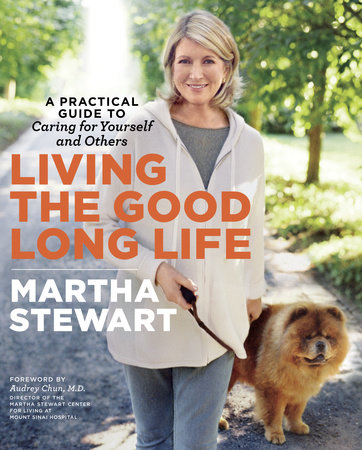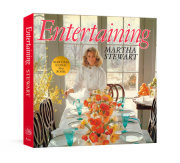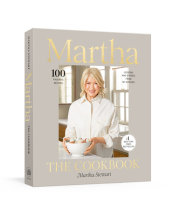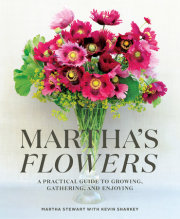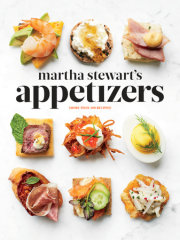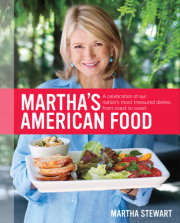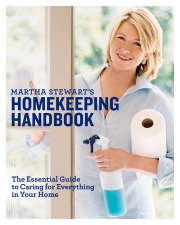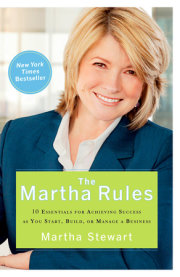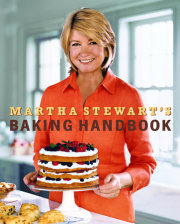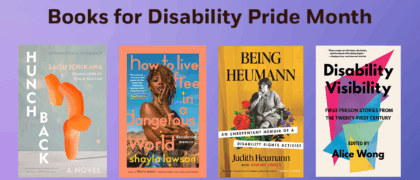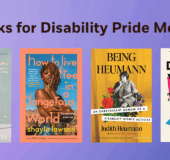Don’t Retire: Re-Career
When asked her secret to longevity, one nonagenarian replied, "It's four easy words—never, never, never retire. Keep going, keep moving, keep thinking, keep living." Being involved in meaningful work is one of the best things you can do for successful brain and body aging, says Dr. Dennis Popeo. "It's 'medicine' in the best sense of the word. Working offers an older person the benefits of social engagement and purpose."
Working may also stave off cognitive decline, according to the National Institute on Aging. Their surveys show that retirees don't perform as well on cognitive tests as those who are still working, and global research supports this: in the United States and Denmark, where workers stay employed longer, people score highest on cognitive tests. So far, researchers can't pinpoint the aspect of "working" that benefits brain function, whether it's social interaction or the physical aspects of a job, but whatever the longevity secret of employment, it's working!
Even if you do choose or have to retire, it’s important to make an extra effort to stay intellectually engaged. Consider consulting part time or doing pro bono work. If you do wish to stay employed, bear in mind that finding your new role in the workforce can be challenging. AARP, formerly the American Association of Retired Persons, has taken up this crusade, working with large companies to promote the hiring of older workers. See www.aarp.org/work/job-hunting.
-Try Volunteering
Working on a volunteer basis or as an intern are two ways to try on a new career for size. Ask to fill in for someone on maternity/paternity or sick leave; this is called
locum tenens, Latin for "place holder," when someone temporarily fulfills the duties of another.
-Segue to a New Career
Re-careering may involve refining or renovating your skill set. Or you might try something completely different—an interest or a hobby that you want to focus on for this new phase of your life. One woman turned a lifelong love of birds into work as a wildlife rehabilitator. After taking classes and getting a state license to handle wildlife, she rescues ospreys and other raptors.
-Look for New Opportunities
Start with your own expertise, whether it's your vocation or avocation. If you've always loved art, for instance, channel that passion and knowledge into being a docent for a museum. If you had a career as a tradesman, ask home improvement centers if they are hiring people with your skill set. "Never before have so many people had so much knowledge and so much time to use it" is the belief of www.encore.org, a website that helps middle-aged and older adults transition into second careers that help the greater good. It maintains listings of resources that include programs, people, and preparation for a later-life career. Look for opportunities around you: ask to shadow someone who’s doing a job you’re interested in.
Copyright © 2013 by Martha Stewart. All rights reserved. No part of this excerpt may be reproduced or reprinted without permission in writing from the publisher.

